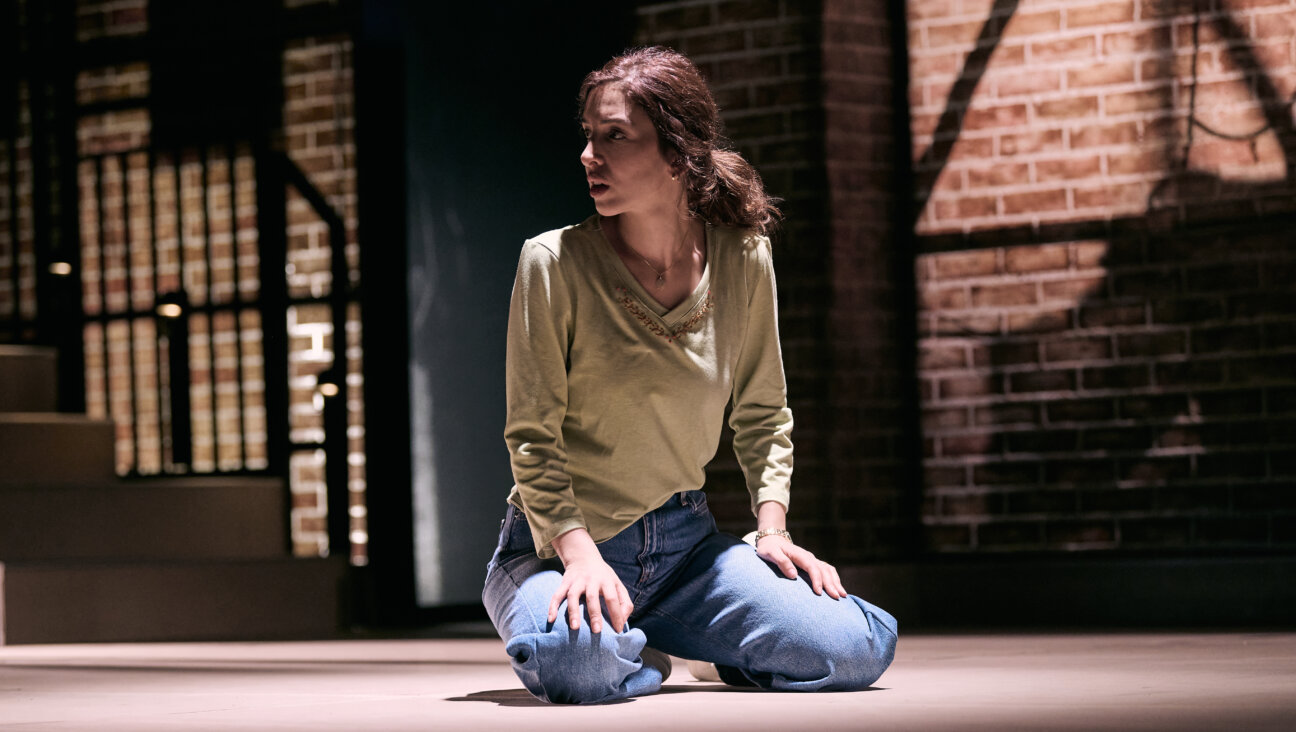What should a mourner do while sitting shiva? A rabbi offers 4 suggestions
In between visits from family and friends, mourners have lots of time to reflect on healing, and how they want to lead the rest of their life

Illustration by Midjourney
We live in a world of constant movement. We travel freely, from our cars, to our homes, places of work, shopping and recreation at ease. But when a relative dies, we stop in our tracks and pause the rhythm of the hustle and bustle of everyday life.
The parameters of the shiva mourning ritual seem daunting. Judaism guides us to sit in our homes for seven days. Of course, we have exceptions like attending synagogue on Shabbat or traveling from one shiva home to another to be with family. But generally, we are homebound.
Mourners I visit often tell me that shiva becomes a natural process of healing. Imagine how confusing and painful it would be to go from the emotions of a funeral back to everyday life. The stages of grief in Judaism from the moment of death, the funeral, shiva and beyond reflect the human journey from shock to acceptance to transcendence.
A truncated period of mourning or none at all strips a mourner of valuable, un-rushed time to come to terms with the loss. We need shiva.
The question remains: How do we approach shiva when there is potentially much down time without visitors?
The key is shifting our perspectives. Reverse engineer the last moments of shiva and our next steps will reveal the best answer to the question.
Judaism teaches that on the final day of shiva, the seventh day, we do not sit for a complete day but rather sit for a few minutes, accept words of comfort from visitors and then take a walk outside around the block. In fact, we are not supposed to sit for the entire day; we must instead end shiva in the morning. Why?
The rationale is deep and meaningful. The greatest honor we can give our loved ones following shiva is not to remain in our homes for the full day, but to carry their spirit with us wherever we go. Those first steps upon leaving the cocoon of shiva become a living testament to the eternal resonance and relevance of our loved ones in our lives.
Herein emerges the secret of a meaningful and impactful shiva and a roadmap for how to spend the days of mourning. Shiva is not a burden but a gift. When we turn off the outside world, we have a seemingly endless amount of free time. The quiet moments enable us to tune into something much deeper in our lives. Every soul is like a candle whose light never dies. Shiva is the catalyst for fueling their light in ours not only during shiva but for years in the future.
As a caveat, whether your relationship with your relative was one you cherished or was fraught with struggle and pain, these days can be transformative and eternal.
Here are four practical suggestions for how to spend your time during shiva:
1. Write in a notebook
I will never forget the most meaningful idea I embraced while sitting shiva for my mother, of blessed memory, who died suddenly more than 35 years ago. I had a notebook with me at almost all times. Memories of my mother raced through my mind during the day and often at night and I would simply write down my thoughts and emotions. During shiva there is so much in our hearts and minds, stirrings of our souls, to immortalize. When people visit during shiva, have the notebook by your side, and jot down notes about stories we may never have known. Fill in the gaps later. To this day, I suggest the concept to mourners. When shiva is over and for years hence, the written words will give you much comfort, direction and inspiration.
2. Peruse albums
Take out old photo albums. The visual reminders will evoke moments in time that you may have forgotten. Share the journey with family and friends. Ask yourself the following questions afterwards (and write the answers in your notebook): How can I create these joyous and meaningful memories for my family and friends and how can I incorporate their love into my life?
3. Read books
Depending upon the hours of shiva or frequency of visitors, you may have some quiet time for reading and reflection. Choose reading material to enhance your understanding of mourning and the afterlife, grieving and healing, ways to remember a loved one, and find strength and faith. Some of my favorites include Man’s Search for Meaning by Victor Frankl, The Jewish Way in Death and Mourning by Rabbi Maurice Lamm, Remember My Soul: What to Do in Memory of a Loved One by Lori Palatnik and Kaddish: Women’s Voices edited by Michal Smart and Barbara Ashkenas.
4. Engage in self discovery
A great mystic once wrote, “Everyone has a book inside of them waiting to be written.” In the pause, we can hear our inner voices. Moments of crises are fertile spiritual ground for refining our calling in life. If we simply pass the time during shiva without using the solitude for reflection and renewal, we have missed a life-changing opportunity. Any encounter with our mortality can serve as a wake up call for how we can lead more meaningful lives. Harness the power of the shiva to reflect on reorienting your actions to what really matters in life.
The process of shiva is an inevitable part of life. However, the time we spend in mourning can transform a wall of fate into a door of destiny for personal growth and ensuring that our loved ones continue to live in us and through us for many generations to come.
A message from our Publisher & CEO Rachel Fishman Feddersen

I hope you appreciated this article. Before you go, I’d like to ask you to please support the Forward’s award-winning, nonprofit journalism so that we can be prepared for whatever news 2025 brings.
At a time when other newsrooms are closing or cutting back, the Forward has removed its paywall and invested additional resources to report on the ground from Israel and around the U.S. on the impact of the war, rising antisemitism and polarized discourse.
Readers like you make it all possible. Support our work by becoming a Forward Member and connect with our journalism and your community.
— Rachel Fishman Feddersen, Publisher and CEO























